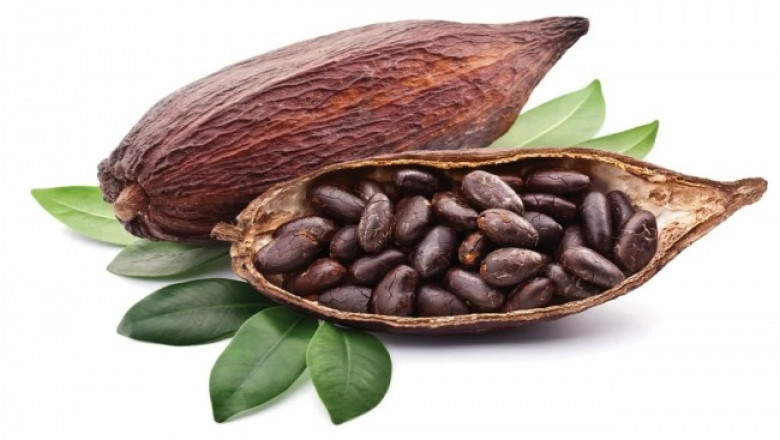views
The cocoa market plays a crucial role in the global food and beverage industry, influencing everything from chocolate production to economic stability in major cocoa-producing regions. As demand for chocolate continues to rise, the industry faces various challenges, including price fluctuations, supply chain disruptions, and sustainability concerns. While West Africa remains the dominant supplier, emerging markets are increasingly impacting global trade patterns. Understanding the cocoa market requires an in-depth analysis of factors like climate change, ethical sourcing, and shifting consumer preferences that shape its future.
Global Production and Supply Chain Challenges
West Africa, particularly Côte d'Ivoire and Ghana, accounts for over 60% of the world's cocoa production. However, farmers in these regions struggle with issues such as aging plantations, inconsistent rainfall, and inadequate infrastructure. Political instability and regulatory changes further complicate supply dynamics, leading to concerns about long-term sustainability. Additionally, diseases like swollen shoot virus threaten crop yields, making production unpredictable. Efforts to improve agricultural practices and introduce technology-driven solutions are being explored to stabilize supply.
Market Trends and Price Volatility
Cocoa prices have historically been volatile, influenced by weather conditions, geopolitical factors, and speculative trading. Recently, global supply chain disruptions and inflationary pressures have contributed to sharp price swings. Economic uncertainty in key consuming regions, such as Europe and North America, also plays a role in demand fluctuations. The rise of premium and organic cocoa products is reshaping price structures, with consumers showing a willingness to pay more for ethically sourced and high-quality chocolate.
Sustainability and Ethical Concerns
One of the biggest challenges in the cocoa market is ensuring sustainable and ethical sourcing. Child labor, deforestation, and unfair wages for farmers have been persistent issues, prompting regulatory interventions. Initiatives like the Cocoa & Forests Initiative and fair trade certifications aim to address these concerns, but enforcement remains inconsistent. Companies are under increasing pressure to adopt transparent supply chains and work with farmers to improve working conditions and environmental impact.
Shifting Consumer Preferences and Market Growth
Consumer demand for cocoa products is evolving, with growing interest in dark chocolate, plant-based alternatives, and healthier formulations. The rise of functional foods containing cocoa flavonoids has further expanded market opportunities beyond traditional confectionery. Emerging markets in Asia and Latin America are also driving demand growth, as disposable incomes rise and Western consumption habits spread. Innovations in sustainable packaging and product diversification are helping companies capitalize on these trends.
Future Outlook and Opportunities
Despite its challenges, the cocoa market is expected to grow steadily, supported by technological advancements in farming and supply chain efficiency. Governments and industry leaders are increasingly investing in sustainability programs to enhance productivity and ensure long-term viability. The integration of blockchain technology in supply chains is improving traceability and consumer trust. As the global chocolate industry adapts to economic and environmental changes, cocoa remains a valuable commodity with significant potential for innovation and growth.






















Comments
0 comment